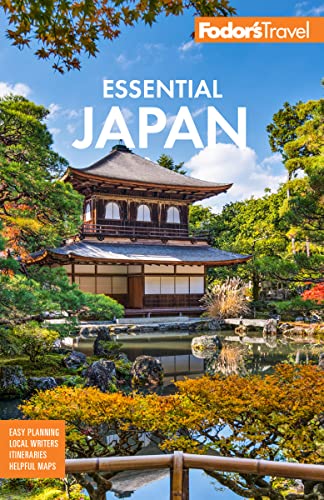The Geisha
The geisha—with her white makeup and Cupid’s-bow red lip rouge, her hair ornaments, the rich brocade of her kimono—is as much an icon of Japan, instantly recognizable the world over, as Mt. Fuji itself.
Gei stands for artistic accomplishment (sha simply means "person"), and a geisha must be a person of many talents. As a performer, she should have a lovely voice and a command of traditional dance, and play beautifully on an instrument like the shamisen. She must have a finely tuned aesthetic sense, and excel at the art of conversation. In short, she should be the ultimate party hostess and gracious companion. Geisha (or geiko in Kyoto dialect) begin their careers at a very young age, when they are accepted into an okiya, a sort of guildhall where they live and learn as maiko (apprentices). The okiya is a thoroughly matriarchal society; the owner-manager is called o-kami-san, who is addressed as okaasan (mother), to underscore the fact that the geishas have given up one family for another.
Geisha Life
The okiya provides the apprentices with room and board, pays for their training and clothing (the latter a staggering expense), and oversees their daily lives. The maiko in turn do household chores; when they have become full-fledged geisha, they contribute a part of their income to the upkeep of the house and its all-female staff of teachers, dressers, and maids.
The Geisha Business
There are no free agents in the geisha world; to engage one for a party you need a referral. Geisha work almost exclusively at traditional inns (ryokan), restaurants (ryotei), and teahouses (chaya); the owners of one will contact an okiya with which they have a connection and make the engagement—providing, of course, that you’ve established yourself as a trustworthy client. That means you will understand and be prepared to pay the bill when it shows up sometime later. Fees for a geisha's or maiko’s time are measured in "sticks"—generally, one hour: the time it would take a stick of incense to burn down—and the okiya can really stick it to you. Bills are based on the number of guests at the party and can run as high as ¥25,000 per person or more for a two-hour engagement.
There were as many as 80,000 geisha in the 1920s; today there may be 1,000 left, most of them living and working in the Gion district of Kyoto; in Kanazawa; and in the Shimbashi, Akasaka, and Ginza districts of Tokyo. Fewer and fewer young Japanese women are willing to make the total commitment this closed world demands (even a geisha who opts to live independently will remain affiliated with her okiya for the rest of her career); fewer and fewer Japanese men of means have the taste or inclination to entertain themselves or important guests in this elegant fashion. On the other hand, the profession—while it lasts—does provide considerable job security. A geisha is valued, not solely for her beauty, but for her artistic and social skills—and her absolute discretion (what she might see and hear, for example at a party hosted by a political bigwig for his important business connections, could topple empires).
A geisha will establish a variety of relations with men. She will try to develop a roster of repeat clients, and may choose one among them as a patron, for financial support and—although she is by no means a prostitute—for sexual intimacy. When a geisha marries, most often to such a client, she leaves the profession.




